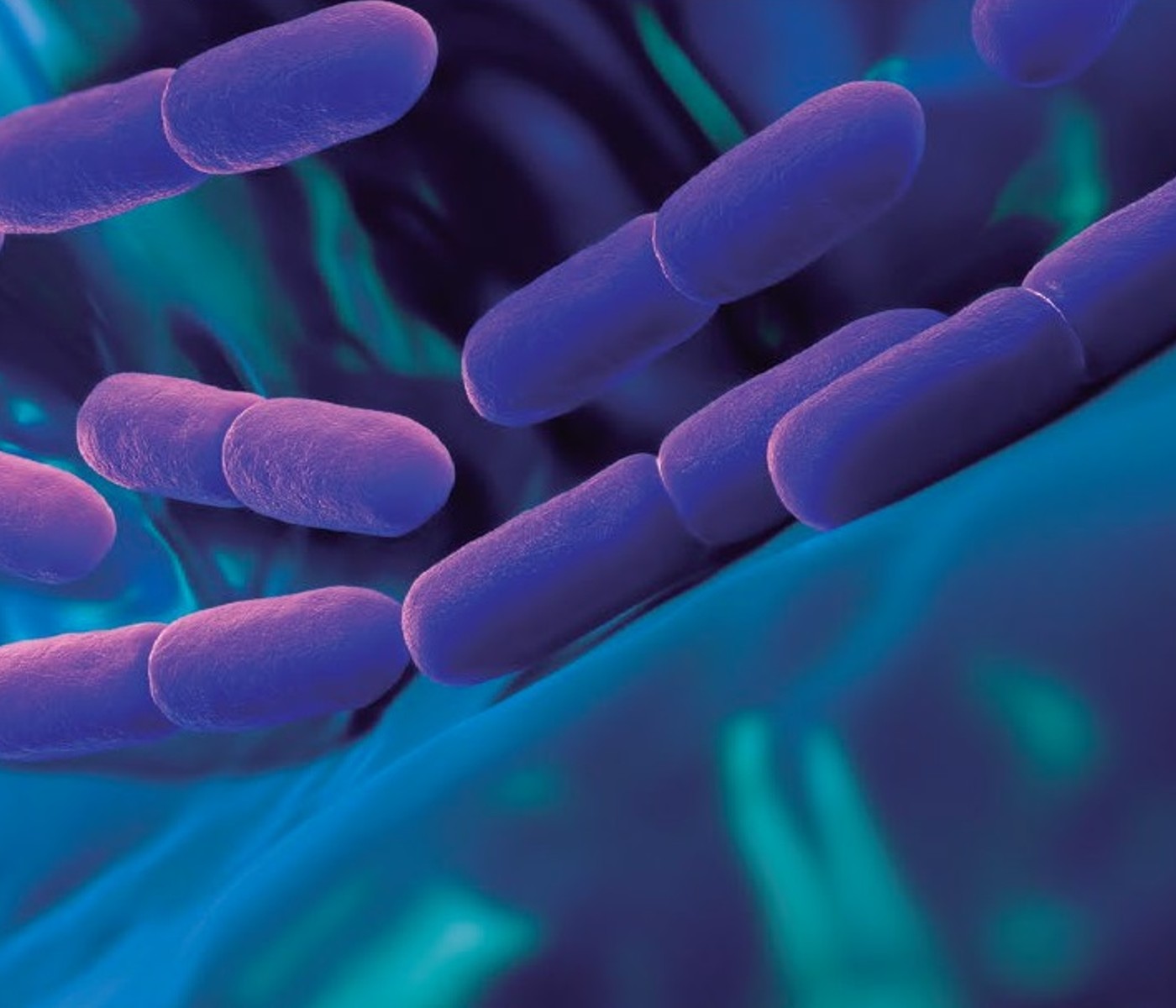 19 Sep 2022
19 Sep 2022
Butyrate inclusion as a dietary additive in poultry has shown favorable responses in regards to maintaining intestinal health and productive performance (Moquet, 2018).
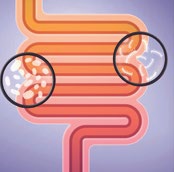 Due to the fact that sodium butyrate releases butyric acid when entering the digestive system, its absorption by enterocytes is favored as these cells use it as an energy source (Mahdavi and Torki, 2009).
Due to the fact that sodium butyrate releases butyric acid when entering the digestive system, its absorption by enterocytes is favored as these cells use it as an energy source (Mahdavi and Torki, 2009).
Increased secretions of:
![]() Pancreatic enzymes
Pancreatic enzymes
![]() Bile salts
Bile salts
![]() Pepsin
Pepsin
![]() and HCL
and HCL
due to the effects of butyrate, can explain improvements in amino acid digestibility values as well as those for digestible and metabolizable energy (Denbow, 2015; Moquet et al., 2016).
![]()
From a nutritional point of view, this opens the possibility of assigning butyrate a formulation value, as established by FEDNA in its 2019 tables. Where an AME value of 5,500 Kcal per kg of butyric acid is determined.
A greater nutritional value can be expected even if there is release of butyric acid in the first portion of the digestive tract. Considering that within this portion the molecule can increase gastric and pancreatic secretions (Moquet et al., 2016), which improves the digestion and absorption of lipids, proteins and carbohydrates.
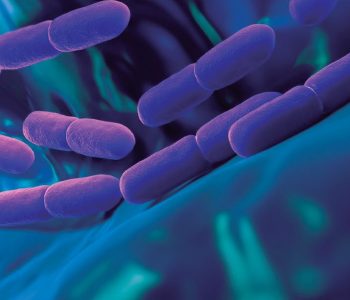
Several authors report a significant improvement in the apparent ileal digestibility of methionine, threonine, proline, serine, and histidine (Moquet, 2018; Kaczmarek et al. , 2016). Showing value improvements 35 day old chickens that range from 2 to 12% in. [register]
Liu et al. (2017) compared several butyrate presentations with different release times. Revealing that the presentations with slower butyric acid release had no effect in regard to obtaining extra digestible energy at both 11 and 42 days of age.
In a similar manner, Kaczmarek et al. (2016) obtained almost 130 kcal more AME at 35 days of age by adding protected butyrate to the diet. This result was less than the 160-180 kcal difference obtained by Mallo et al. (2012) when using uncoated butyrate.
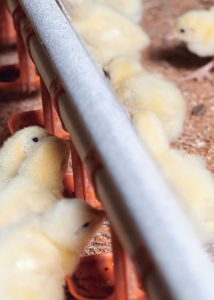
Evaluations that have been carried out to reduce the levels of energy and amino acids in diets have tried to compensate this with the use of butyrate. These have led tolevel reductions of 2.3%,when using coated presentations(Bortoluzzi et al. , 2017).
![]() This was a significant result but it is still lower than what was obtained in trials using a double buffered presentation of sodium butyrate without any coating (Smink and Bosch, 2013; Roulleau et al., 2016). As for such trials. reductions were in the order of at least 3% of AME and the main limiting amino acids.
This was a significant result but it is still lower than what was obtained in trials using a double buffered presentation of sodium butyrate without any coating (Smink and Bosch, 2013; Roulleau et al., 2016). As for such trials. reductions were in the order of at least 3% of AME and the main limiting amino acids.
![]() The following study, shows part of the obtained results for two trials carried out at the National University of Luján (Arg.), using double buffered sodium butyrate – DBSB (Melo et al. , 2020; Melo et al. , 2021), as well as the simulation of its formulation in poultry diets. Aiming to evaluate its nutritional matrix.
The following study, shows part of the obtained results for two trials carried out at the National University of Luján (Arg.), using double buffered sodium butyrate – DBSB (Melo et al. , 2020; Melo et al. , 2021), as well as the simulation of its formulation in poultry diets. Aiming to evaluate its nutritional matrix.
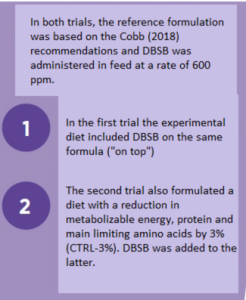
Intestinal histomorphometry
Villi length / depth ratio of crypts represents one of the best indicators of intestinal health (Qureshi, 2016). Considering that an increase in such ratio increases the absorption surface without generating greater depth within the crypts.
Therefore, the obtained results for this parameter in the two previously mentioned trials, evidenced:
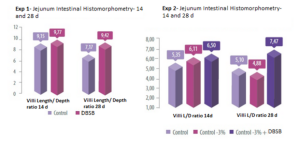
Nutritional efficiency and mortality
For the second trial, compensatory consumption of diets with lower nutritional levels by the chickens. resulted in a significant difference in regards to feed conversion (P<0.05).
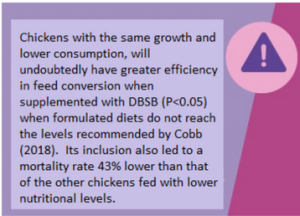
The results of the first trial are consistent with the trend described for the second trial. However, the latter was carried out for a shorter period and within experimental cages.
The improvement of intestinal histomorphometry parameters by DBSB supplementation undoubtedly leads to increased nutrient absorption capacity and food digestibility, which in this case has been observed in better feed conversion.
An improvement in gut health parameters in most cases is associated with better overall health of the poultry stock, which could be measured by increased viability of chickens by supplementing BSDT (P>0.05).
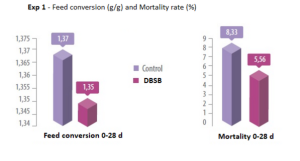
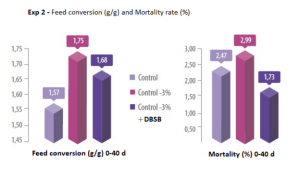
Formulation and Cost of formula
The nutritional matrix of DBSB formulation and its inclusion dose allow nutritional contributions around 2% of DM, protein and main dietary limiting amino acids.
![]() Its inclusion as an ingredient in the formulation program allowed it to be added to a series of diets for chickens between 0-45 days:
Its inclusion as an ingredient in the formulation program allowed it to be added to a series of diets for chickens between 0-45 days:
 To establish the cost of the different ingredients for the simulation of the formulas, the minimum price of the last 3 years was taken for different Spanish-speaking countries that import grains.
To establish the cost of the different ingredients for the simulation of the formulas, the minimum price of the last 3 years was taken for different Spanish-speaking countries that import grains.
In the different diets formulated, the savings in the cost of the formula per TM of feed when BSDT was included was between 2.53 and 2.97%, which means that in addition to paying the cost of inclusion , an overall saving was obtained in the cost of feeding the chickens.
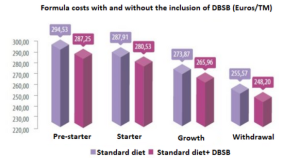
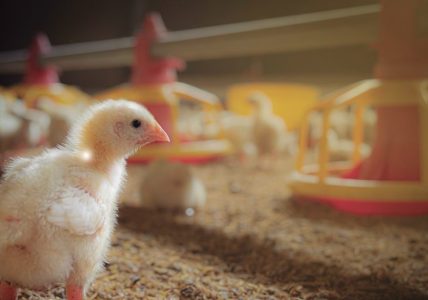
Final considerations
Once inside the digestive tract, butyrate is transformed into butyric acid, which improves intestinal health, which has been confirmed in our trials with BSDT using raw materials commonly formulated in South America.
However, there are few studies that quantify the nutritional contribution of butyrate in birds, to which we must add a very wide variety of commercial presentations that could have a different effect on stimulating digestive secretions and increasing the absorption of nutrients.
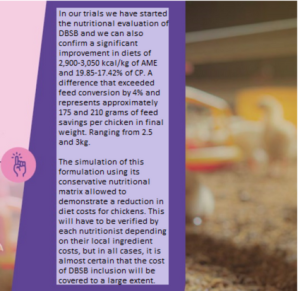
Source: This article was originally published in Spanish in nutriNews Latam 2nd Trimester
[/register]
Subscribe now to the technical magazine of animal nutrition
AUTHORS
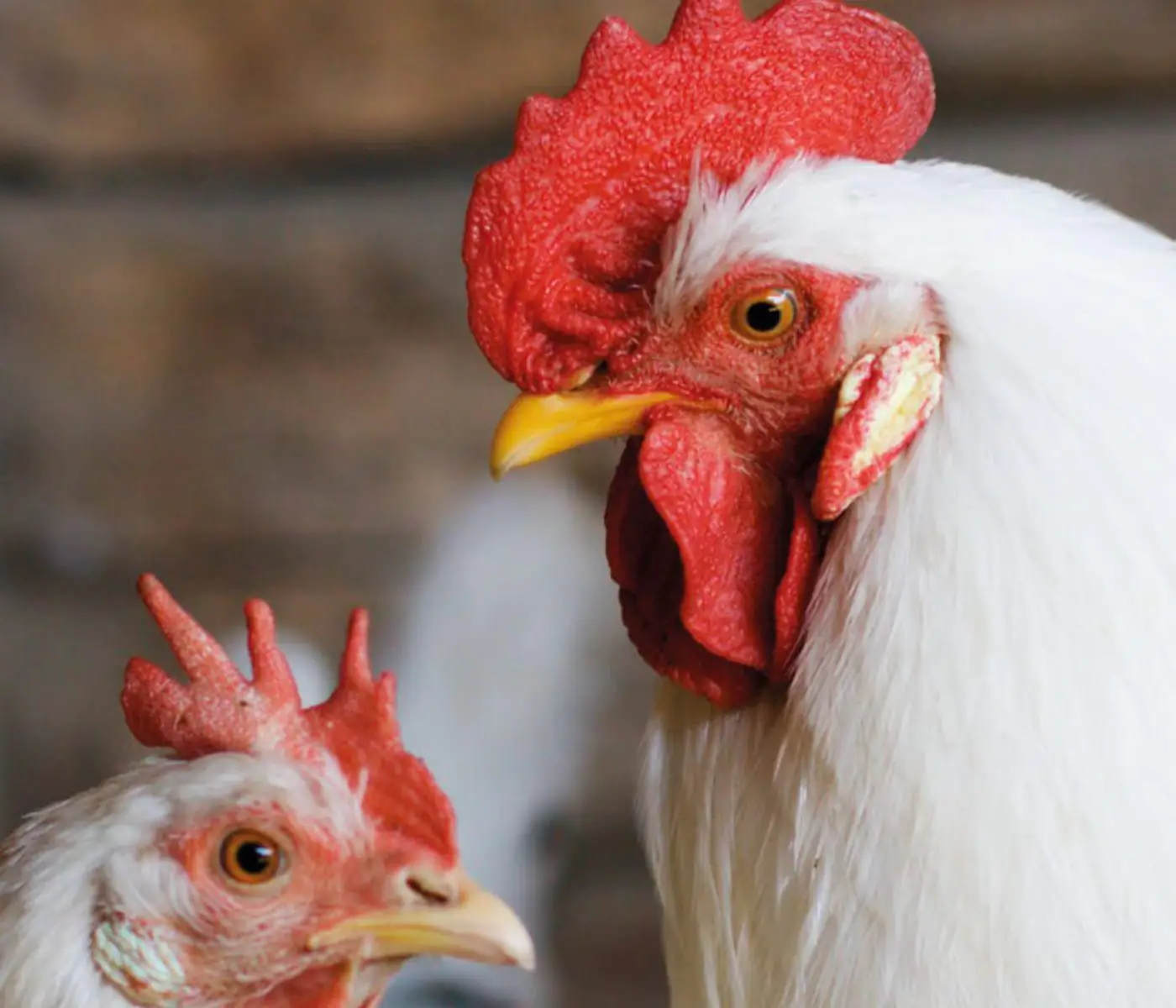
Nutritional Interventions to Improve Fertility in Male Broiler Breeders
Edgar O. Oviedo Rondón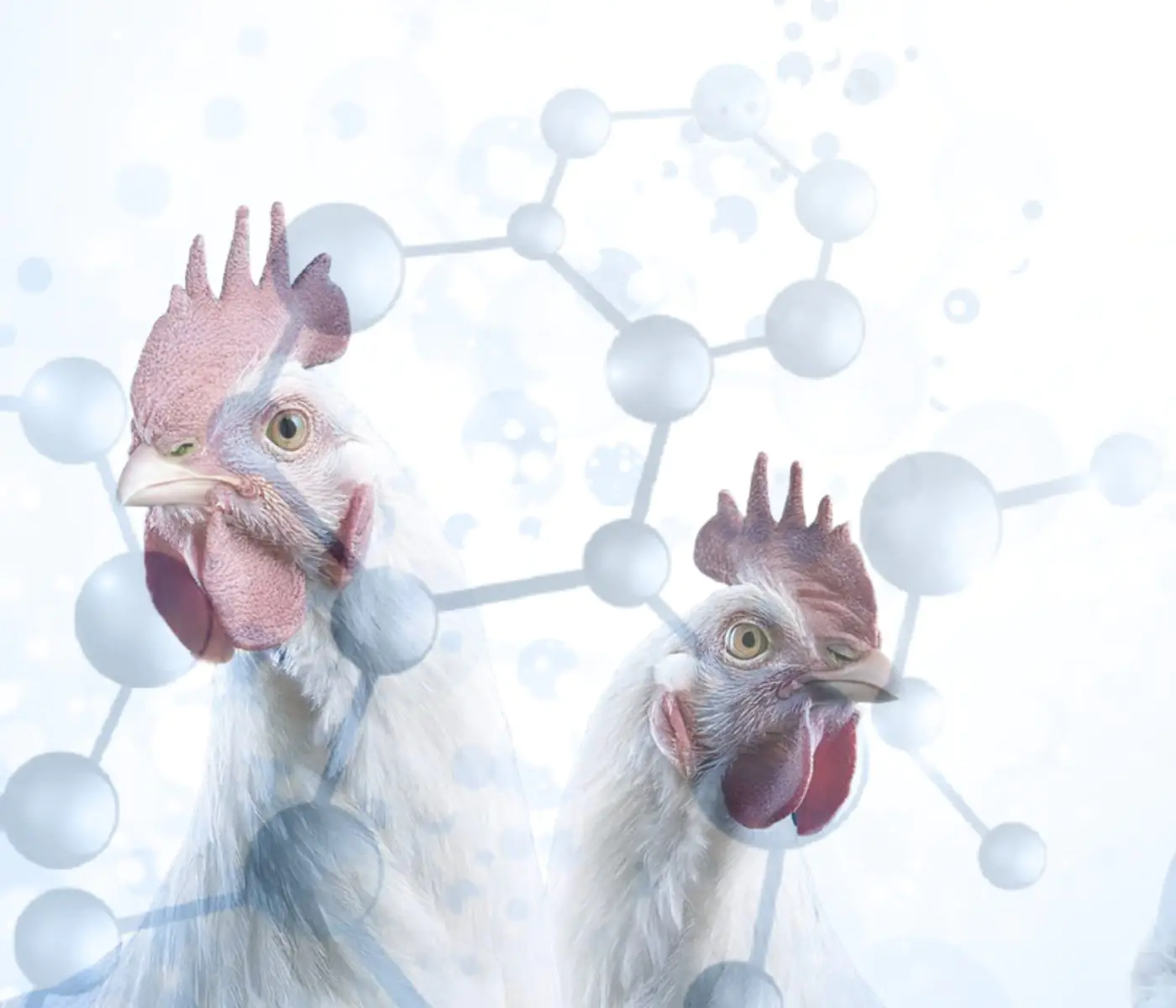
The Use of Organic Acids in Poultry: A Natural Path to Health and Productivity
M. Naeem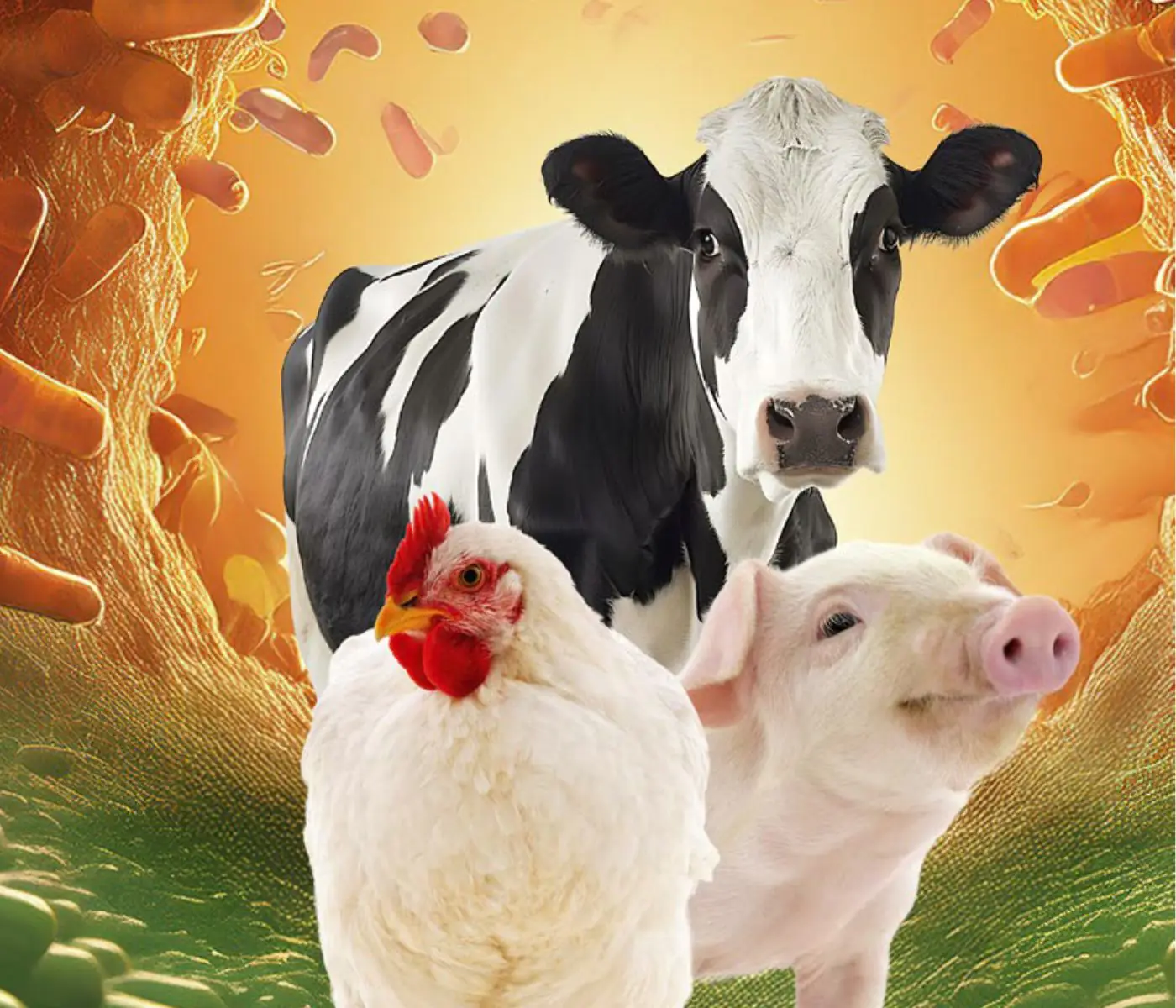
Synergistic Benefits of Prebiotics and Probiotics in Poultry, Swine, and Cattle
Gustavo Adolfo Quintana-Ospina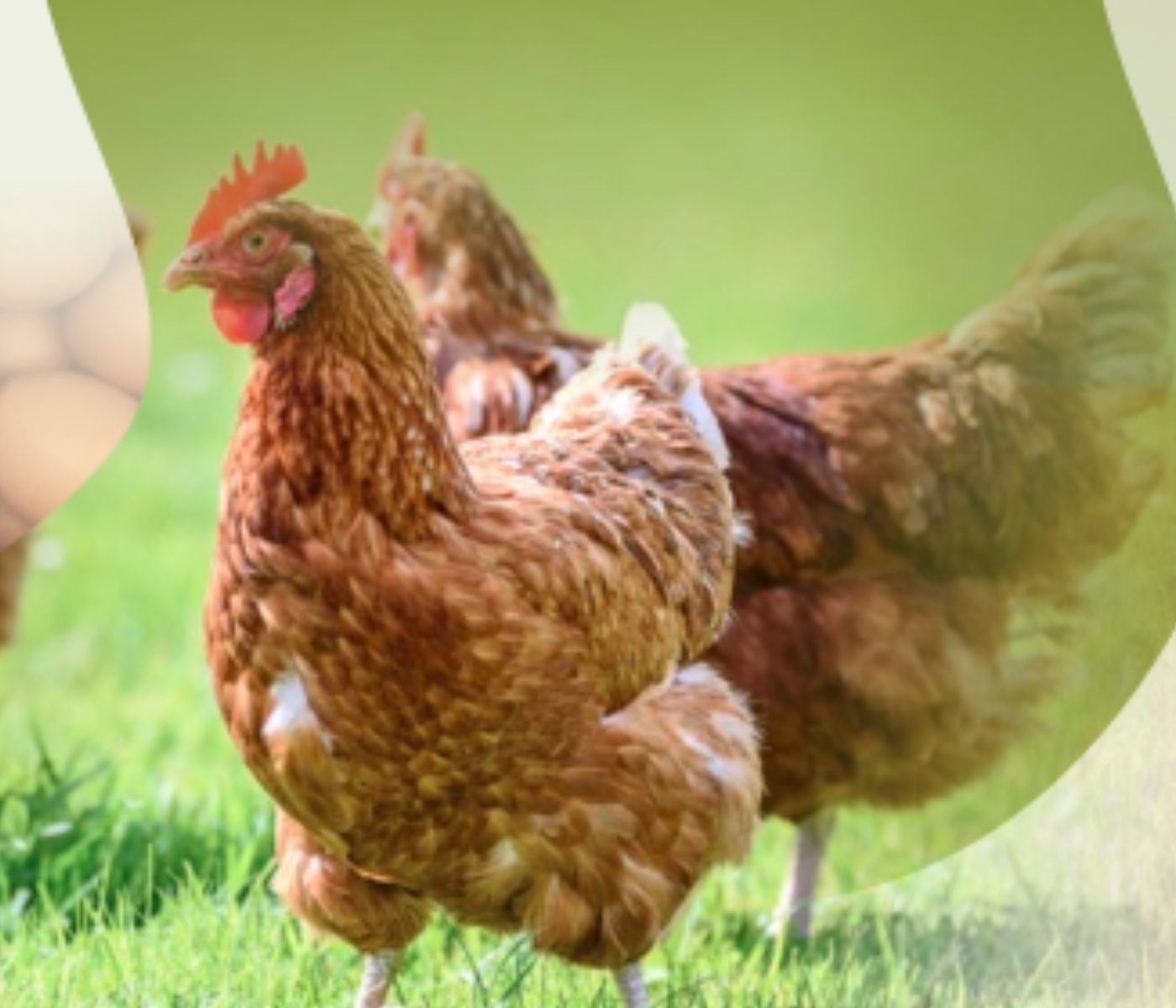
Hybrid Rye Potential in Laying Hen Feed Rations
Gwendolyn Jones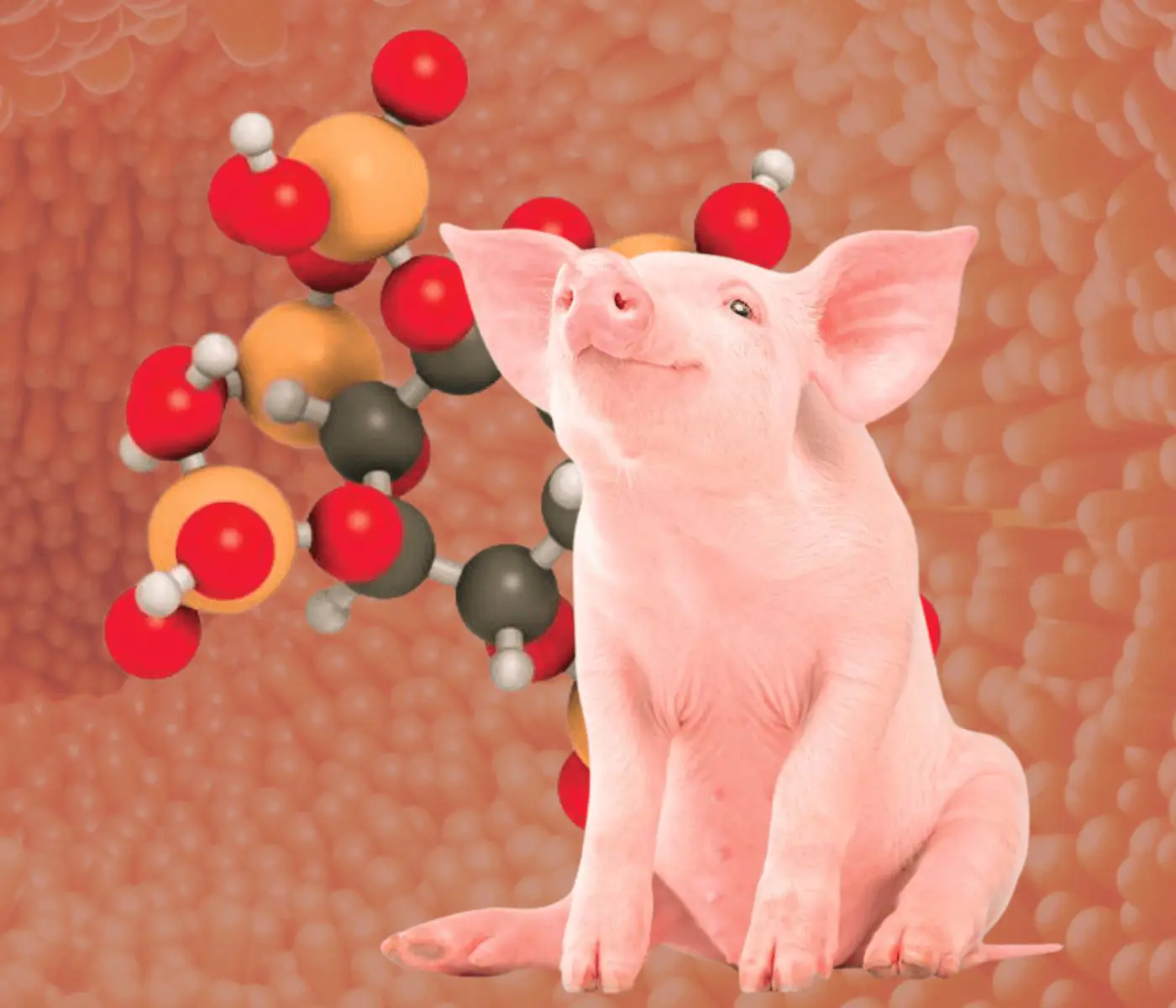
A day in the life of phosphorus in pigs: Part I
Rafael Duran Giménez-Rico
Use of enzymes in diets for ruminants
Braulio de la Calle Campos
Minerals and Hoof Health in the Pregnant Sow
Juan Gabriel Espino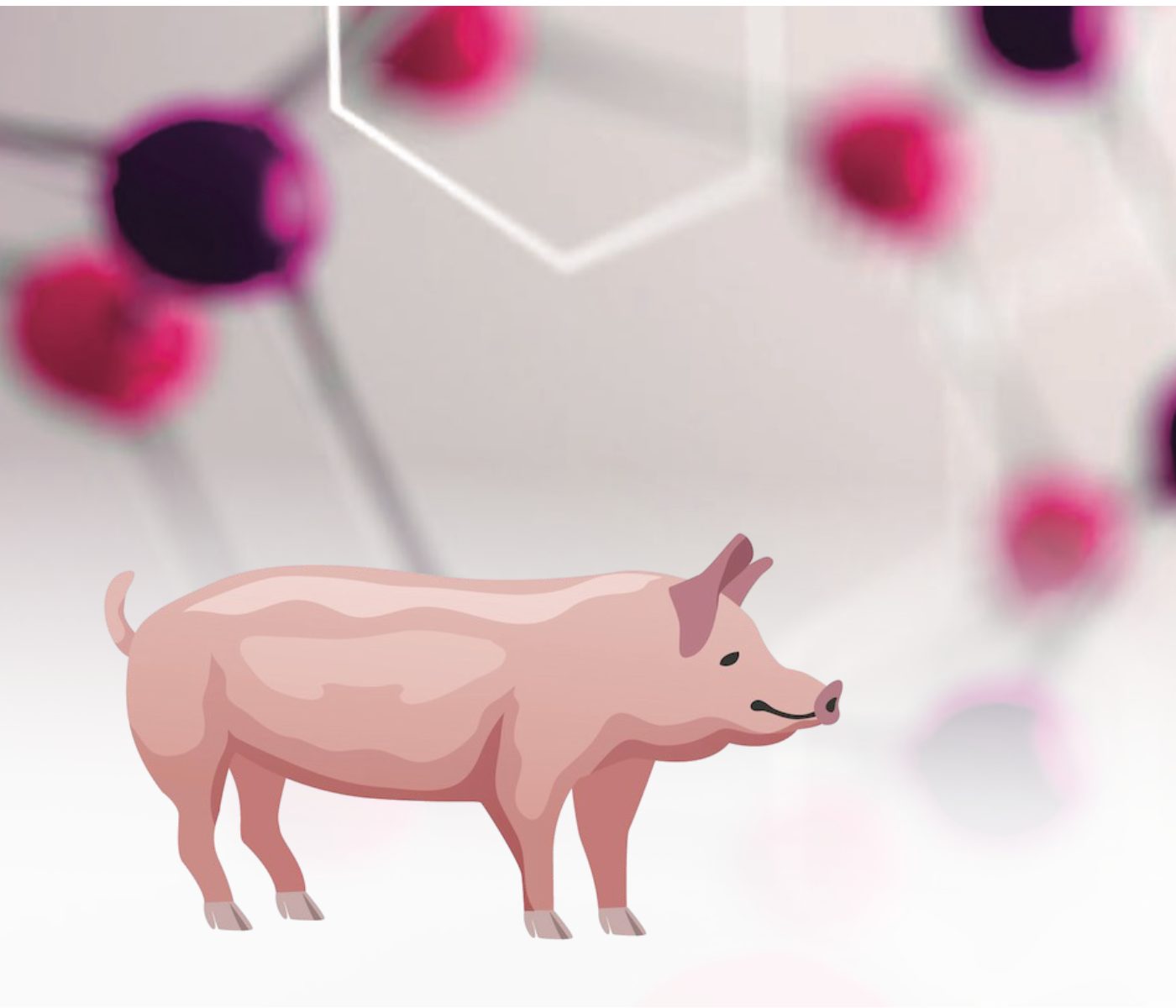
Impact of Oxidized Fats on Swine Reproduction and Offspring
Maria Alejandra Perez Alvarado